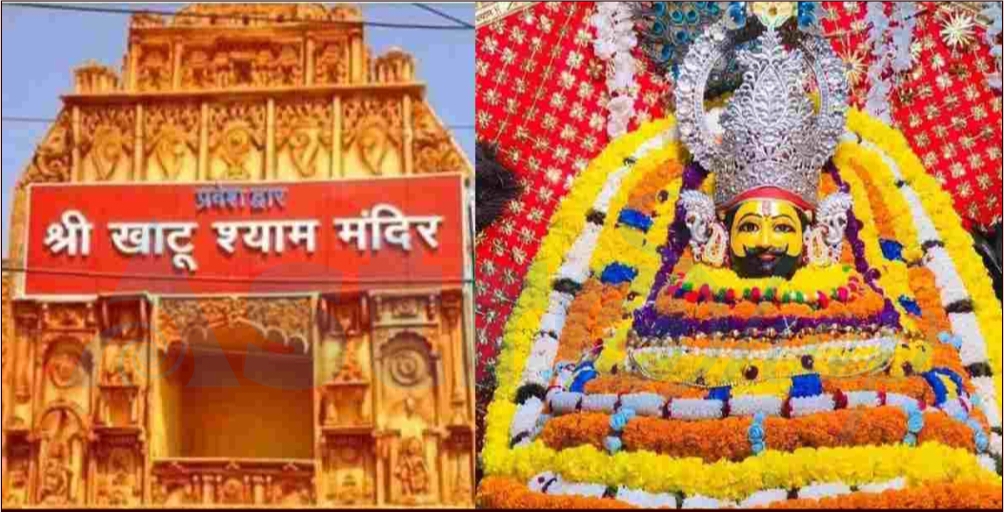
A significant development is set to enhance the spiritual experience of millions of devotees visiting the revered Khatu Shyam Ji Temple in Rajasthan's Sikar district. Much like the majestic corridors built at Kashi Vishwanath (Varanasi), Somnath (Gujarat), and Mahakal (Ujjain, Madhya Pradesh), Khatu Shyam Ji Temple will now also witness the creation of a grand corridor. This initiative will not only provide improved facilities to thousands of daily pilgrims but will also give a major boost to religious tourism in Rajasthan.
Historically, the original temple of Khatu Shyam Ji is said to have been built in 1027 AD by Roopsingh Chauhan and his wife Narmada Kanwar, with a renovation recorded in 1720 AD by Dewan Abhay Singh under the directive of the Marwar ruler. Presently, devotees from Delhi and across India reach the temple on foot, by bus, train, and private vehicles for darshan.
Thanks to the efforts of Rajasthan's Bhajan Lal Sharma-led government, the Centre has sanctioned ₹87 crore under the Swadesh Darshan 2.0 scheme for developing the corridor and associated facilities at the temple site. Deputy Chief Minister and Tourism Minister Diya Kumari recently confirmed this approval during her visit to Delhi.
Chairing a review meeting with tourism department officials in Jaipur on Monday, Diya Kumari announced that the department will soon issue work orders for the Khatu Shyam Ji development project. She instructed the authorities to begin work without delay and even proposed holding a meeting at the temple itself to expedite the planning process.
Expressing gratitude towards the Central Government for this major financial grant, Kumari termed it a valuable gift from the Modi Government for religious tourism in Rajasthan. She assured that no time would be wasted in initiating the grand development of this center of immense faith.
In the review meeting held at Jaipur’s Tourism Bhawan, attended by Tourism Secretary Ravi Jain, Diya Kumari also directed that other tourism-related budget announcements be implemented efficiently. She emphasized progress in development work at Pushkar, another world-renowned pilgrimage site, and called for measures to preserve Shekhawati’s historic havelis.
Among other topics, the Deputy CM reviewed plans for the renovation of the historic Albert Hall Museum, light and sound shows, the RTDC, tourism and film policies, stepwell restoration, urban development in Jaipur’s Walled City, tenders for various projects, the Malaseri Dungri pilgrimage site, Maharana Pratap tourism circuit, museum renovations, desert tourism initiatives, the use of VR technology at Jantar Mantar, and the preparations for the Great Indian Travel Bazaar.
Importantly, she also reviewed the sensitive proposal for a War Museum near the Indo-Pak border, emphasizing the need for utmost caution and security considerations. She affirmed that this museum could significantly enhance tourism in border areas.
The recent Rising Rajasthan Global Investment Summit and film festival held in Jaipur have already positioned Rajasthan prominently on the national and international tourism map. With domestic tourists, especially pilgrims, visiting year-round, the state government’s efforts toward developing religious and cultural heritage sites deserve widespread appreciation.